One can feel the peace and closeness to the almighty in Sikkim, as the sacred words mingle with the whirring prayer wheels. The dedicated monks attired in red robes chants the sacred hymns while the thumping of the drums and trumpets make the gentle lights of the ornate lamps flicker before the majestic statues of the great Guru Padmasambhava at its ecstatic monasteries. There are more than 200 monasteries or Gompas in Sikkim belonging mainly to the Nyingmapa Sect or the Kargyupa Sect, other than few of the Gelugpa, Sakyapa and Bon faith. These monasteries not only influence the cultural heritage but lifestyle of the people as well. They demonstrates about the ancient rituals and rules which are in vogue even in recent times.
The picturesque state of Sikkim, cuddled in the lap of the magical Himalayas, provide the natural setup that adds to the beauty of the monasteries like Tashiding Monastery; which is built on a quaint hilltop towering between the Rathong and Rangit rivers. The most defining characteristics of this beautiful structure is the plethora of colorful prayer flags which represent the five elements of nature – earth, sky, water, air and fire, surround the main building fluttering in the constant winds of the mountain. Bhum Chu, the annual holy water ceremony that prognosticates the future of the State, takes place in this one of the most sacred monasteries in Sikkim. There are few other monasteries too that showcase its perfect amalgamation with nature, which soothe not only one's mind but soul with every bit of spirituality and nature’s bliss. Apart from being places of worship and peace, some of these monasteries exemplify the brilliance of Buddhist art and architecture.
Rumtek monastery, one of the famous monasteries in Sikkim, demonstrates the best of the Tibetan architecture and is an almost replica of the original monastery in Tsurpu in Tibet. It has some of the rarest Buddhist religious art objects found in the world. The Labrang Monastery, blessed with the views of Tumlong Palace Ruins (Sikkim’s third capital) and Phodong Monastery, residing in the North Sikkim, is famous for its octagonal architectural attributes called ‘Rinchen Surgay’. Karma Thekchen Ling Donkun Duppali Gatsal Monastery’ in Rabongla, South Sikkim follows the same style of building. Some of the other monasteries are full of wall paintings, murals and scriptures which are placed orderly inside the main sanctum. Monasteries at its exteriors are adorned with wall paintings of the Buddhist legends, precious silk tapestry (Thangkas). The ancient Tibetan Manuscripts, old statues of silver and gold and exquisite wood carved items that defines the Buddhist heritage, are also kept safe within the monasteries.
There are monasteries like Pemayangtse Monastery (1650 A.D) and Sanga Chelling Monastery(1697 A.D) that are famous as one of the oldest monasteries in the north eastern Indian state of sikkim. And few monasteries like Enchey Monastery, Phensang Monastery, Phodang Monastery, etc makes the state even more inviting during the festival month of december, when the celebration is the most vibrant one. Hundreds of the monks take part in the trademark Chaam dance and the Kagyat dance, prayers and songs with great enthusiasm. So, if you are planning to visit Sikkim, make sure to time it with these annual festivities for a complete experience.









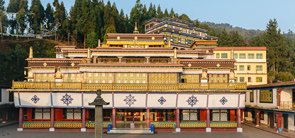
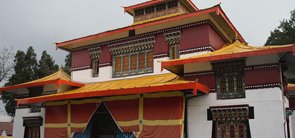
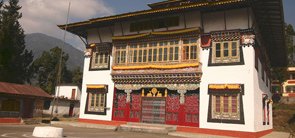
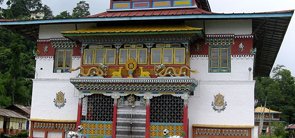


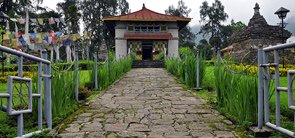
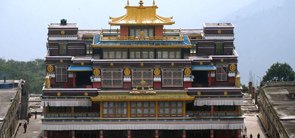
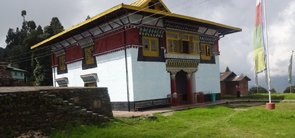
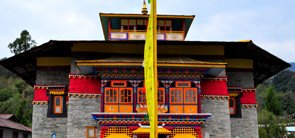

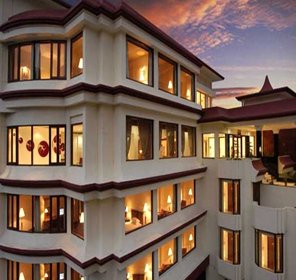


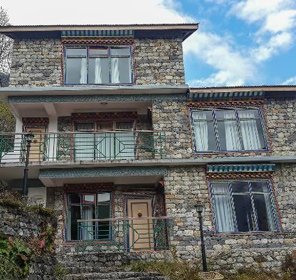

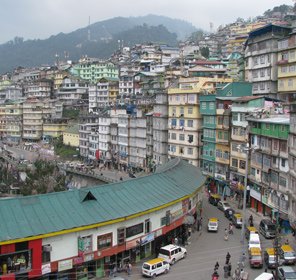









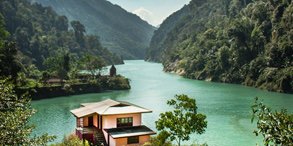




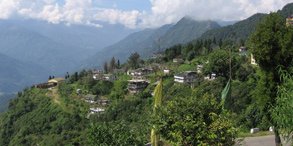




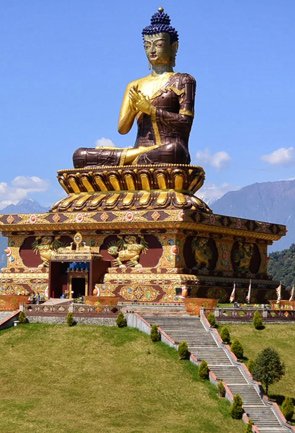


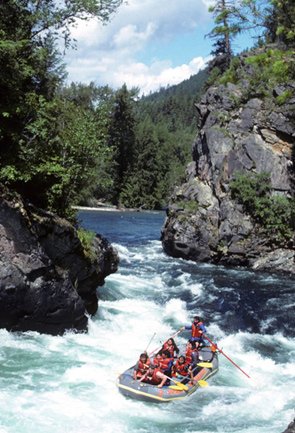


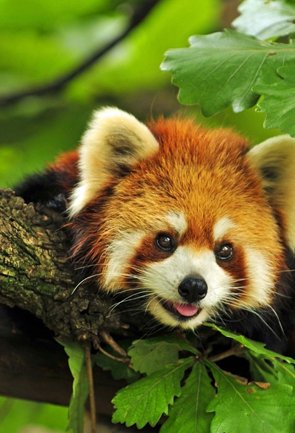

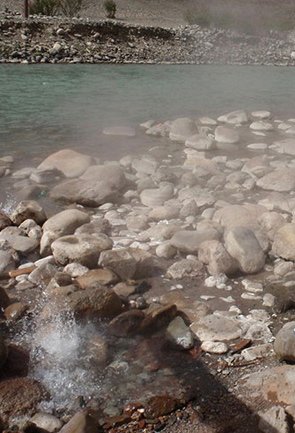







 Plan Trip
Plan Trip Call Us
Call Us Packages
Packages Home
Home